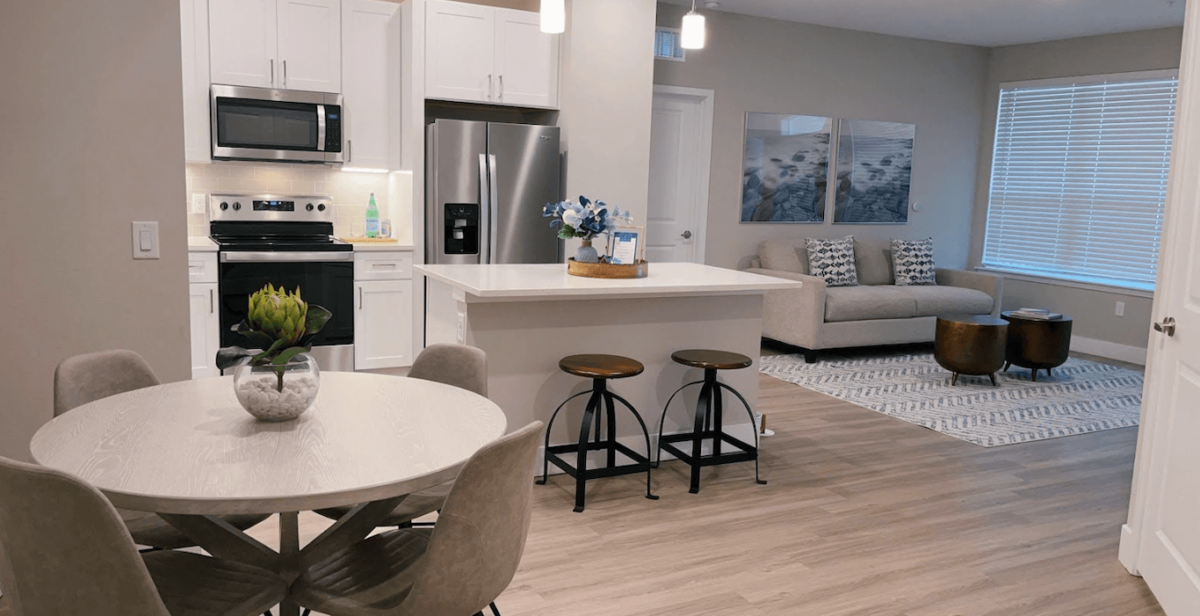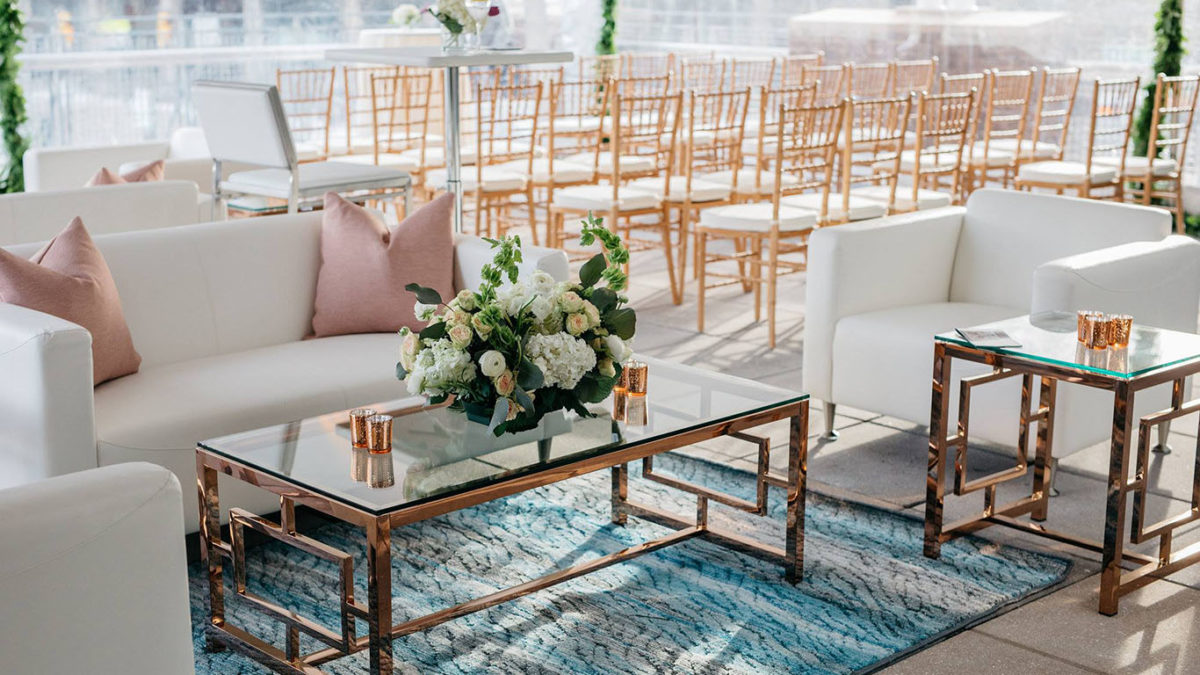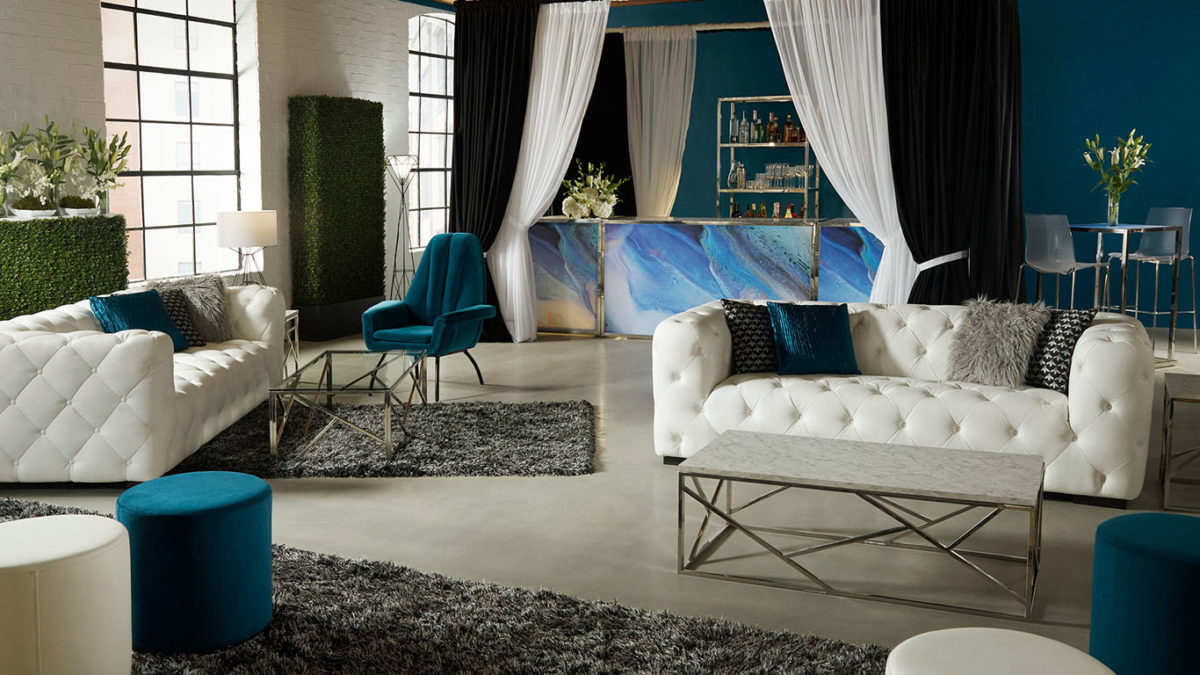Guest blog by Elias Grouhi, Social Tables
Event planners know that no matter the event destination or venue, a smart and creative layout can transport attendees to a new world defined by the holistic purpose of the meeting at large. And in the age of the “purposeful meeting,” conferences and other events are taking full advantage.
As the industry continues to move from one focused on meeting design to one focused on experience creation, the meeting space is taking center stage in the event planning process. Ultimately, this is resulting in dynamic new evolutions and creative concepts that planners couldn’t have dreamed of just ten years ago.
Fueled by event planning technology and dynamic suppliers like CORT Events, major events are creating paradigm-shifting spaces via exciting new concepts like the three below.
One space is becoming many.
In a world where options are endless and often available with a mere swipe on a touchscreen — attendees also want some element of control. Control over meeting formats continues to shift from the hands of the organizer to those of attendees, pushing planners to create more personalized event experiences that reach beyond a linear concept or agenda.
The meeting space presents a tangible manner in which planners can set up for this type of personalization. By diversifying the space, events are able to create several spaces out of many — each with its own distinct function and flavor that furthers the objective while catering to the individual attendee.
Even in smaller convention spaces, faux walls and smart decor present an opportunity to differentiate and materialize distinct areas — from breakout-, wellness-, and networking-focused spaces to interactive elements that engage and delight.
Example: C2 creates something new around every corner.
Whether it’s the hanging trapeze chairs or the speakeasy hidden in the freezer of the flower shop, the latest iteration of Montreal’s C2 festival was a wonderland of creative networking and learning spaces that gave 7,000 attendees 11 different ways to spend every hour of the three-day event. From private cabins for “Braindates” all the way down to the bathrooms, each space was differentiated, engaging, and offered up something new to discover.
Spaces are turning work into play.
Events are using gamification to engage attendees and make content more interactive. Why? With 80% of learners saying that they would be more productive if their work was more game-like, it’s clear that turning work into play can also turn events into successes.
More and more events are starting to realize that just like basketball or Pokémon, every game needs an arena, and they’re designing and sourcing meeting spaces accordingly.
Example: YourMembership worked magic by leveraging a familiar world.
Let’s face it: Most of us have secretly desired we could spend a day as a student at Hogwarts. With that idea in mind, YourMembership created an immersive event experience, designing the event space with Harry-Potter elements and even utilizing the Wizarding World of Harry Potter, a themed space at Florida’s Universal Studios.
Those at the event enjoyed living out experiences from their imaginations. They were sorted into four houses named after the company’s industry pillars and even received an acceptance letter from the “Sorting Hat.” These four houses competed against each other in the magical world, scoring points for actions like checking into sessions and scanning QR codes.
Events are turning the city into the space.
While some events are turning one space into many, other events are spreading one event across many spaces. They’re expanding out of the venue and into the city, employing multiple venues that provide authentic experiences and map back to the unique objectives and event concepts.
By spreading events across multiple venues in the destination, planners are able to fulfill attendees’ desires for authentic local experiences. They get to explore and experience the city, just by being a part of the event. Plus, it opens up the opportunity to tailor the setup at each venue specifically for the objective and content, using smart decor and differentiated furnishings to create a whole new setting.
Example: Forbes turns Boston into a millennial paradise for the Under 30 Summit.
What do you get when you bring more than 7,000 young leaders, entrepreneurs, and visionaries together for an event with everything from bar crawls to a full-blown music festival? The Forbes Under 30 Summit, of course — which just celebrated its fifth iteration in October.
Covering 24 different programming tracks, the Summit spread throughout a series of Boston venues, creating distinct spaces designed to bring the varying themes of content to life. This includes the famous, Under 30 Village, described by Forbes as “a city within a city, a hive of innovation, several football fields large, full of content, networking, activities, music food and beer.”
How (and Why) Are Planners Doing It?
Today, the elements of venues that were once (and still are to some degree) at the top of planners’ minds are becoming increasingly more consistent and reliable. That security is spurring a shift in focus from concerns like WiFi to new elements and an overall desire to diversify the meeting space.
Combine that with innovations in event management technology, and planners are able to take those new and unconventional ideas and bring them to life. For instance, Forbes has been using Social Tables Event Diagramming technology since 2013 to bring countless events to life.
VP of Event Marketing & Conferences, Cathi Culbertson, jokes: “The only thing I wish I could do on the software but can’t, is to show where each water bottle is to be placed on stage.”





